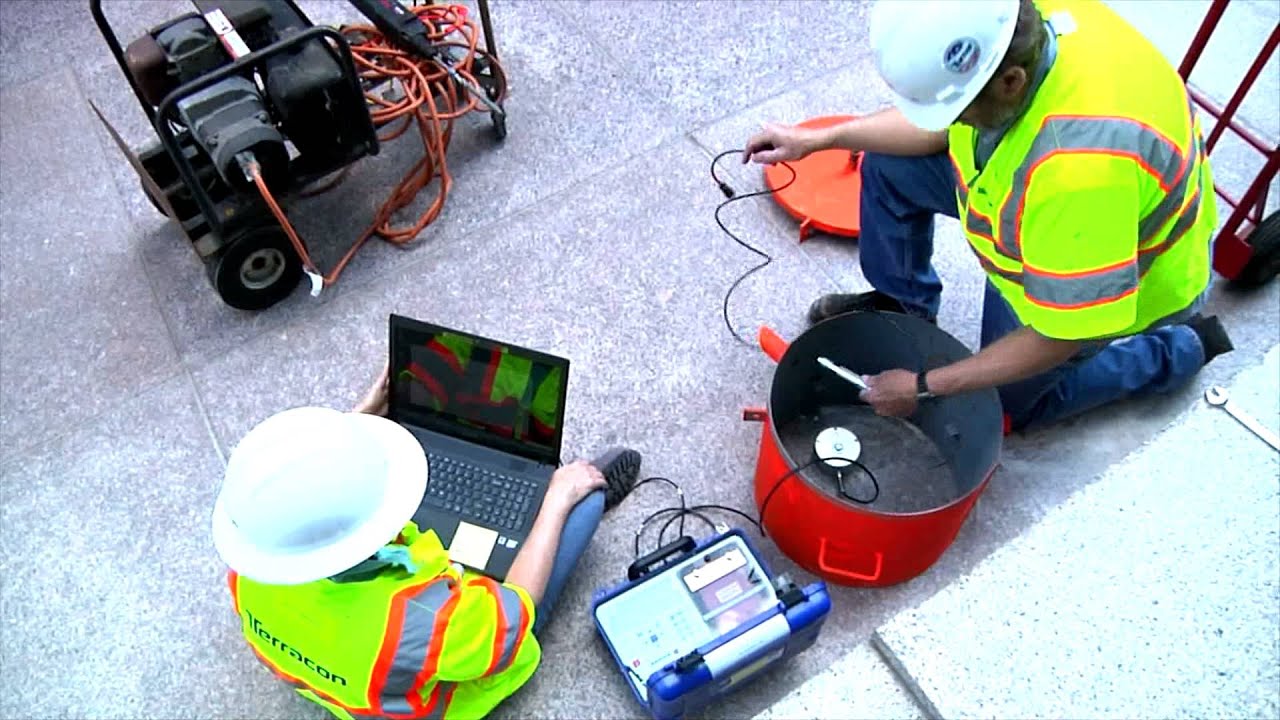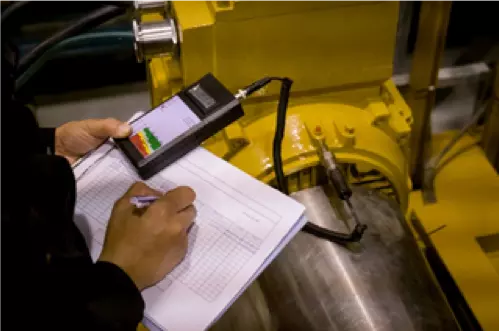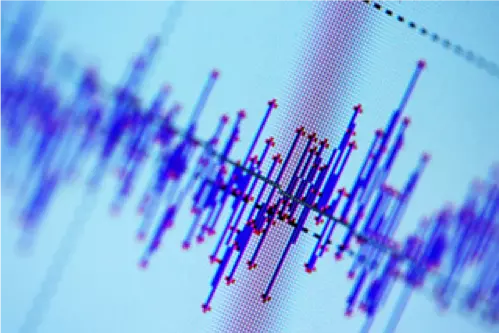Comments
- No comments found

Any new device needs to be closely monitored to identify weaknesses that might make the equipment inoperative.
Even established machinery needs monitoring to better understand its efficiency and make accurate maintenance schedules.

Fortunately, sensors and monitoring tools advance alongside technology, making it much easier to track and recognize important changes. Particularly in the impact and vibration realm, advancements continue to be made — and applications have emerged to make use of the tech’s expansion.
Even a century ago, the only tools for monitoring vibration where human experience: Knowledgeable machinists might be able to recognize irregular vibrations and diagnose problems by feel, but most issues continued unseen until catastrophe struck. Monitors were first developed in the 1950s, but they were rudimentary tools for measuring the overall level of machine vibration, which isn’t particularly useful for recognizing the spectrum of vibrations occurring within complex equipment. In the 1980s, vibration monitors were migrated to microprocessors, making them smaller, faster and much more powerful.
The history of impact monitors is much the same — moving from a hope for honesty from the person responsible for an impact to increasingly complex shock stickers, which change color when subjected to different amounts of force. Today, users can invest in impact sensors, which can record not only that an impact occurred but also the time, location and direction of force.
Most recently, the most impactful improvements in vibration and impact technologies concern cloud computing. Increasingly, the best shock and vibration monitoring tools connect to the internet through Wi-Fi, transmitting information about machine functionality to all relevant members of an engineering team simultaneously. By uploading data directly into the cloud, sensors do not require constant supervision by staff, giving engineering teams more flexibility to manage other projects while properly maintaining monitored machinery.
Another interesting advancement in the field allows vibration tools to measure frequencies without having direct contact with the devices they are monitoring. Thanks to demand for this technology several non-contact solutions currently exist, all of which rely on lasers in differing capacities. Many non-contact monitoring tools are quite advanced and will track more than vibration, providing insights into temperature, humidity and more. Typically, contactless tools are a bit more mobile, which can be advantageous depending on the application.

Vibration and impact monitoring is a much more broadly applicable field than many outsiders might expect. Almost every industry relies on machinery — in manufacturing, shipping, testing and more — which means almost every industry can make good use of reliable impact and vibration monitoring tools. Yet, many outside engineering or maintenance struggle to see how such technology could be applicable to their business endeavor.
Here are the three most common applications of shock and vibration monitoring, across industries, today:
Development. The construction or development of equipment requires near-constant monitoring to better understand how moving parts are affecting the broader machine. Sensitive vibration tools can provide insight into unfamiliar machinery, guiding engineers toward stabler and more robust designs.
Transportation. Moving a delicately calibrated device from one location to another is remarkably risky. Even small jolts have the possibility to render equipment inaccurate, making it all but useless. Shock and vibration monitors deployed before and during transportation can help shippers understand the risks and prepare for them appropriately with packaging or with immediate equipment maintenance upon delivery.
Maintenance. Perhaps the most common use for vibration monitoring is machine maintenance. Over time, vibrations cause machines to develop inefficiencies, which can lead to expensive downtime. By utilizing monitoring tech, maintenance teams can recognize signs of failure and perform service to prevent more costly repairs or replacements. Even better, ongoing vibration analysis might allow staff to develop a more realistic maintenance calendar, alleviating guesswork and ensuring machine productivity.
Devices and equipment are advancing, and so are the tools used to ensure those machines are running as they should. Impact and vibration monitoring tools have come a long way in a short time, giving staff more insight into the inner workings of machinery old and new. Engineers in development of new devise and maintenance teams tasked with keeping old equipment up and running can rely on the same advanced tools for fast, accurate and convenient information on vibration and impact.
Leave your comments
Post comment as a guest